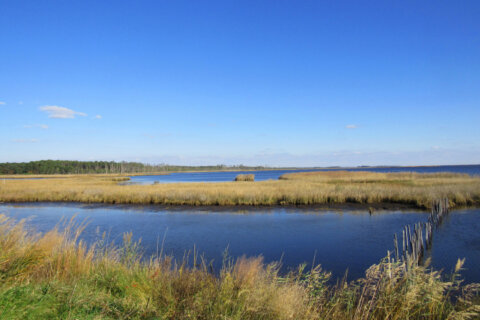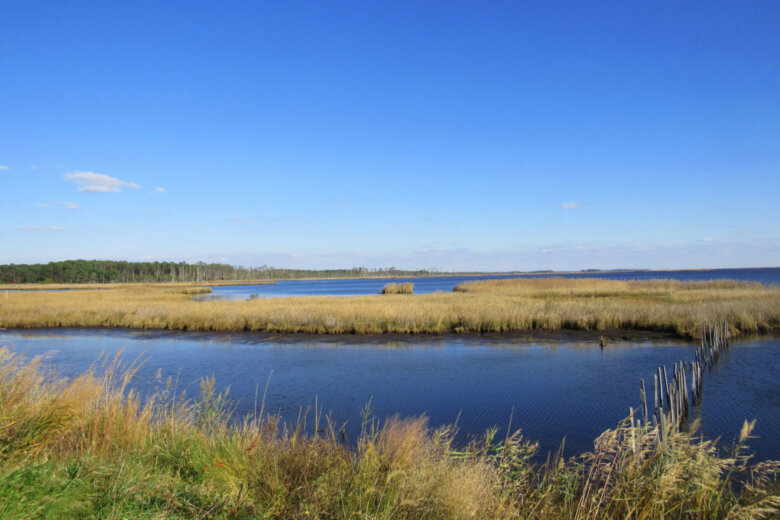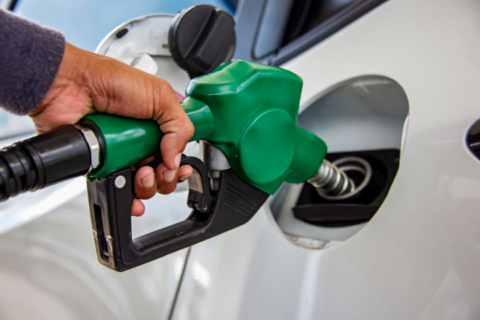
The water quality of the Chesapeake Bay has reached its highest level since measurements began in the 1980s, a sign pollution is decreasing. But the group in charge of monitoring said there’s still a lot of work to be done.
The Bay Barometer, a snapshot of the Chesapeake Bay watershed’s health, looked at a number of factors to evaluate the overall health of the bay.
The good news, according to Rachel Felver of the Chesapeake Bay Program, could be found in the water quality, which came in at 42 percent, and areas such as the abundance of underwater grasses in the bay; for the first time, more than 100,000 acres of underwater grasses were found in 2017-2018. “That is an indication of the clarity of the water in the bay,” said Felver.
Other good news includes a reduction in Chlorophyll a, which causes algae growth, and dissolved oxygen, or the “dead zone” of the bay.
For the first time, the report also outlines the effects of climate change on the bay. “We’re looking at data as far back as the 1960s … and we’re able to see the impacts and how the people living here are going to be able to deal with those,” said Felver.
The indications there aren’t great: Air temperatures are up anywhere from four-tenths of a degree in southern West Virginia to more than two degrees in Delaware. “Regions closer to the bay have seemed to warm more than regions farther upstream,” Felver said. Stream temperatures have also risen, and the level of the bay has risen between one-sixth and one-eighth of an inch per year.
You can find information on climate change impacts on the Chesapeake Bay Program site.
The focus now is to reach some of the goals outlined in the Chesapeake Bay Watershed Agreement, including tangible results by 2025 on reducing pollutant loads. Right now, watershed implementation plans within the six states that have committed to the agreement (and D.C.) is in the works. Felver said this will help chart the course to reduce pollution.
“We’re asking those states to look at other factors,” said Felver, including more forest buffers and wetland restoration, two of the factors that got worse in the latest Barometer. Toxic contaminants have also impaired 83 percent of the bay’s tributaries.
Overall, Felver said, “We’re calling it a cautionary success story.” She added, “It does start with you and the little impacts you make at home.” You can check out the Chesapeake Bay Program’s tips and tricks to see how you can help improve the quality of the bay.









